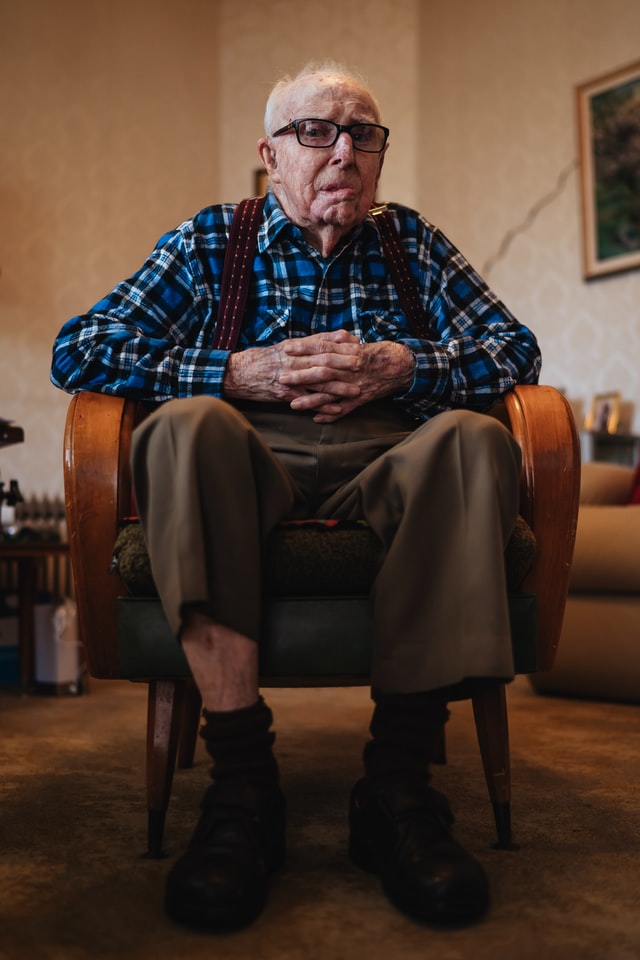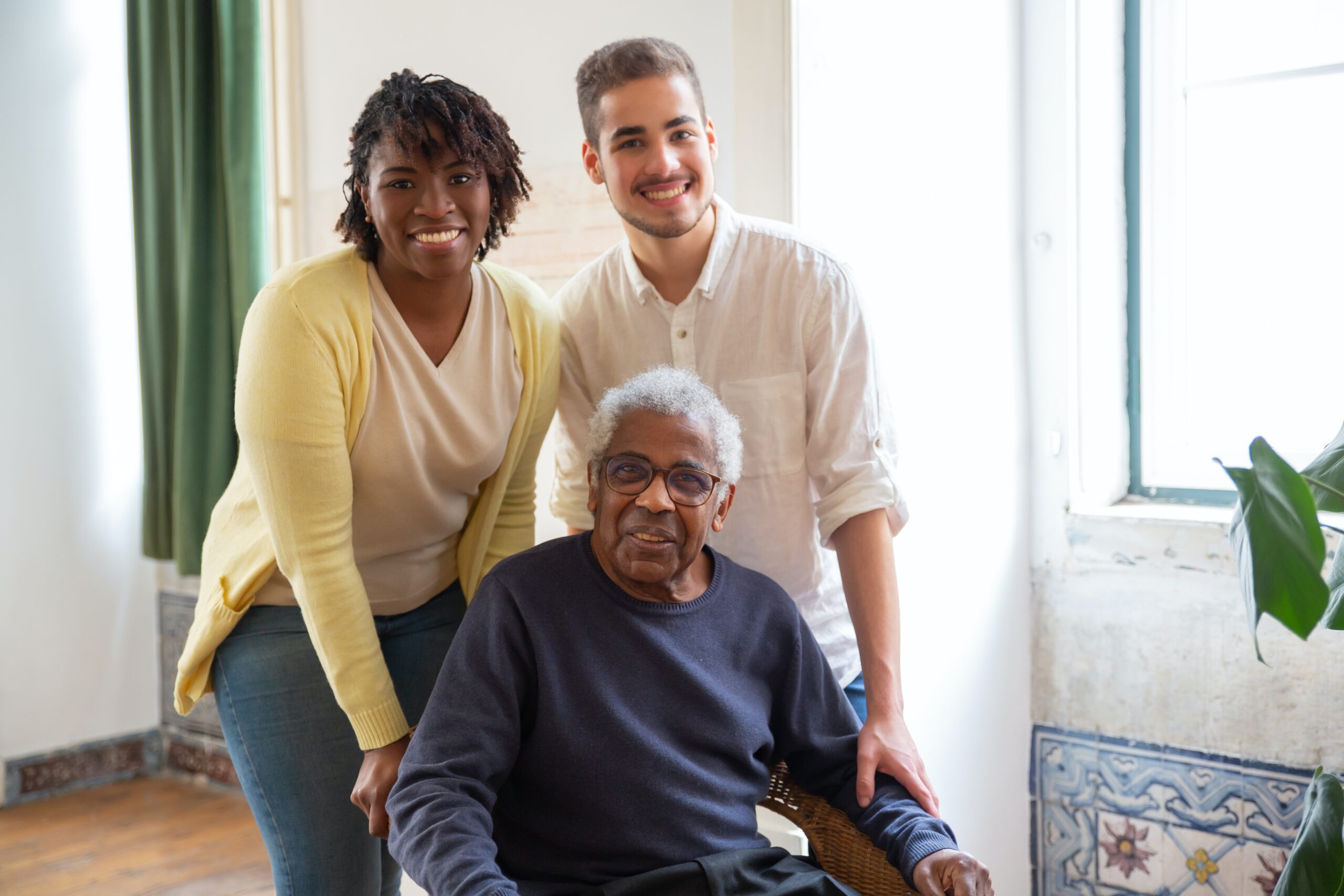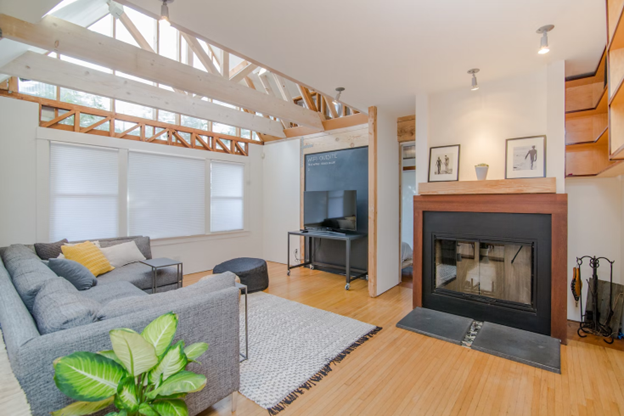Written by Maurice Muise of SeniorsMobility.org
As people get older, it is important to take steps to meet their changing needs. In the case of the elderly who wish to “age in place”, this can mean modifications to make their home safer.
Elderly individuals may not have the same strength, dexterity, reflexes, and balance as younger individuals, and their bones are often significantly weaker than people who are younger. This means that falls are more frequent in the elderly, and a single fall can lead to serious injuries.
Fortunately, there are steps that can be taken to make every room of a senior’s house just a bit safer:
Bathroom Safety for the Elderly
Many injuries take place in the bathroom. A few important safety tips for the bathroom include:
- Add “grab bars” for sitting and standing. For example, it may be helpful to install handrails next to the toilet. It might be helpful to install grab bars in the shower as well. This can reduce the chances of falling.
- Add a sticky mat to the bathtub. This is a mat that creates friction between the feet, improving someone’s balance as a shower. This texture mat can reduce the chances of falling in the shower.
- Make use of transfer benches and lift aids. These devices make getting into, and standing up in, the bathtub much easier.
These are a few simple tips that can dramatically improve bathroom safety for the elderly. Consider putting these tips to use in your home as well.
Bedroom Safety for the Elderly
Many people don’t realize how much time they spend in their bedrooms! Here are a few important safety tips for where we sleep:
- Use an adjustable bed and positioning pillows to help seniors get into and out of bed
- Make sure a light switch is always within arm’s reach of the bed. That way, nobody ever feels like they have to get out of bed without turning on the light. It might even be helpful to install automatic light that will turn on when it detects motion.
- Install handrails next to the bed. Handrails are important because they can make it easier for individuals to sit down and stand up. This can also reduce the risk of falling.
- Remove any throw rugs from the floor. The tassels can be significant trip hazards.
By following these basic tips, you can significantly reduce the risk of someone tripping and falling.
Living Room Safety for the Elderly
Finally, it is also important to take a closer look at living room safety. A few basic tips include:
- Install extra lighting throughout the living room. This will make it easier for elderly individuals to see where they are going.
- Consider purchasing standing aids, such as a lift chair or furniture risers, which help the elderly get to their feet from a seated position
- Add non-skid treads on the steps. Steps that lead from the living room to other areas of the home are common fall hazards. By placing non-skid threads, you can reduce the risk of falling.
- Use lever handles Instead of using standard doorknobs, Lever handles are easier to grab, so you can reduce the risk of someone’s hand slipping from the doorknob, leading to a fall.
These simple steps can go a long way toward improving living room safety for elderly individuals.
Take Steps to Keep Elderly Individuals Safe
There is a significant risk of elderly individuals falling because of vision changes, memory changes, muscle weakness, and balance problems. Fortunately, everyone can take steps to reduce the risk of falling by putting a few of these basic tips into practice!
—————————————————————————————————————————–
This guest article was written by Maurice Muise of SeniorsMobility.org. For detailed information on how to safety-proof the home of a senior citizen, check out Senior Mobility’s guides on how to create a safe and accessible bathroom, bedroom, and living room.











